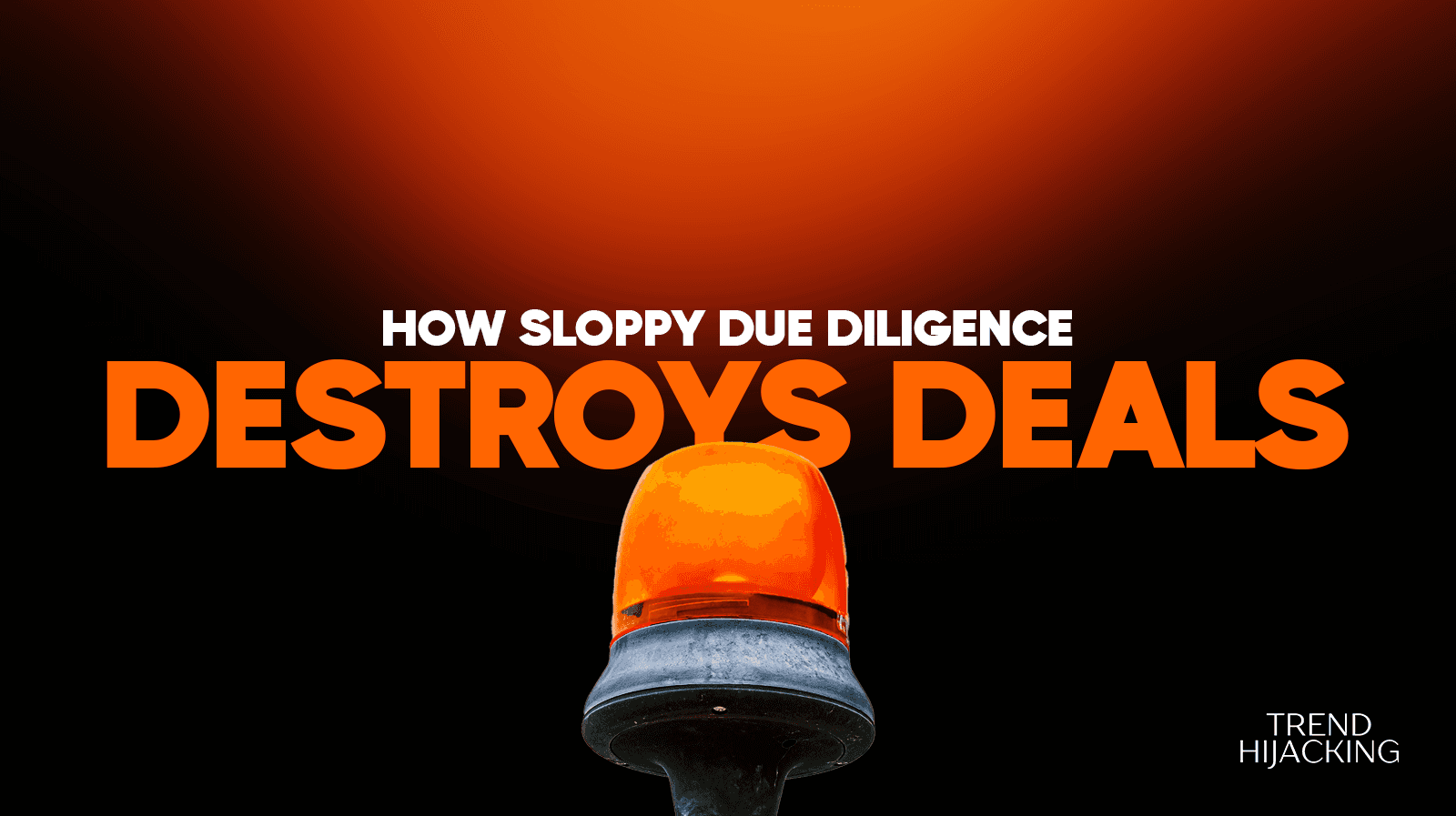Is It Worth Buying A Shopify Business Through Shopify Exchange?
What Is Shopify Exchange?

Shopify Exchange was a marketplace where people could buy or sell established Shopify stores.
The listings showed real data like traffic, revenue, sessions, and profit, drawn directly from Shopify.
Sellers could not edit those figures. And this gave buyers more confidence in the numbers.
Stores featured on Shopify Exchange ranged from starter kits to full businesses. And the prices went from as low as $50 to over $1 million for reputable Shopify brands.
Shopify Exchange handled everything from the listings to escrow, and even payment. In return, it took a cut of the sale.
But it was well worth it, considering it offered buyers and sellers a safe path for buying and selling Shopify stores.
We Help You Buy / Build, Manage and Scale E-commerce Brands for an EXIT
E-commerce Simplified for Busy Individuals – We handle the buying, building, and scaling, so you can focus on what matters.
Growth-Focused Strategies – From sourcing to marketing, we drive growth and prepare you for a profitable exit.
Expertly Managed Exits – We build a high-value brand designed for a Lucrative exit.
Why Shopify Ended Exchange?

Shopify Exchange stopped processing sales on November 1, 2022. The reason?
Shopify said the marketplace made up less than 1% of its total revenue.
Most of the platform’s income comes instead from subscriptions and transaction fees.
The decision came after Shopify stock dropped from a peak in late 2021 by nearly 80% and the company focused back on its core e-commerce business .
Exchange had a poor reputation in places. Some brokers called it “La Basura” because of low‑quality listings and fraud concerns.
This damage contributed to making it less useful.
Was It Worth Buying A Store Via Shopify Exchange?

When Shopify Exchange was still working, it offered buyers and investors a structured way to find legitimate Shopify stores.
Buyers enjoyed access to linked data, escrow, and some protection . This helped greatly minimize risk compared to buying privately.
However, there were still concerns regarding the Shopify’s marketplace.
One of the issues that seemed most rampant was that many sellers listed under performing or unprofitable stores.
Some buyers also reported losing money after purchase. For instance, a Reddit user noted: “They’re selling it because they’re struggling to make a profit. Who would sell something that’s making you money month after month?”
Other buyers countered that the sellers may want to cash out or reinvest when growth stalls Reddit.
Buying via the Exchange could work if you found a solid store with clear metrics and a good reason for selling.
Nevertheless, you’d still need to conduct a thorough due diligence. This involves reviewing traffic sources, profit, supplier agreements, and refunds.
Sales made through the marketplace included essentials like domains, branding, inventory, subscriber lists, and training notes.
What To Do Now That Shopify Exchange Is Gone?

Since Shopify Exchange ended in 2022, you CANNOT buy a Shopify store through the marketplace way anymore.
However, the basic concept of buying a Shopify business still exists.
Today, you can turn to alternative platforms like Flippa and Empire Flippers.
Shopify itself lists these as top options for buying an online business in their guides.
You can also use brokers like Acquire.com, Latona’s, or Ecommerce Brokers to help you find a suitable Shopify store to buy.
These platforms have crucial features similar to those offered by Shopify Exchange. These include vetting, escrow, and clear metrics.
Many buyers get third‑party verified profit and traffic data. They also often offer support during the handover.
Alternatively, you can seek private deals through platforms like Reddit, Facebook groups, or direct contacts.
In this case, you must do more work. You’ll need to verify the seller's claims, check contracts, confirm supplier terms, and maybe hire legal help.
Oh! Don’t forget to check our section of ecommerce businesses for sale as well!
Here, you’ll find carefully vetted listings of profitable ecommerce businesses that you can grow and scale to new heights.
Does Buying A Shopify Store Still Make Sense?

Yes, buying a Shopify store is still well worth it if you do it right.
Buying a store can save you months of setup. It gives you traffic, marketing history, product sourcing, and some customers already.
But your success depends on the quality of the store you buy.
As we have said it in this post about buying Shopify stores in general, buying a Shopify store is worth it works well if you pick a high‑quality store in a proven niche.
Your profit after buying depends on your marketing efforts, product choice, optimization, and your ability to run the business.
Redditors also agree that Shopify works well if you have strong social media or repeat customers. Many stores require a good push to get traffic going. Without that, Shopify alone does not create success.
Shopify itself as an e-commerce platform still leads in the e-commerce world. It processed $292 billion in merchandise value in 2024, translating to about 4.6% of all global online sales.
Techradar reports that the platform hosts over 4.6 million websites and holds roughly 26% global market share.
Many merchants on Shopify now utilize AI tools, sidekick assistants, abandoned cart recovery, and international selling features .
We Help You Buy / Build, Manage and Scale E-commerce Brands for an EXIT
E-commerce Simplified for Busy Individuals – We handle the buying, building, and scaling, so you can focus on what matters.
Growth-Focused Strategies – From sourcing to marketing, we drive growth and prepare you for a profitable exit.
Expertly Managed Exits – We build a high-value brand designed for a Lucrative exit.
How To Decide If You Should Buy An Existing Shopify Store
First, you’ll need to find a reputable marketplace or broker. Look for verified data and escrow.
Second, you should check the numbers. Make sure traffic and profit are backed by real metrics.
Third, ask why the seller is exiting. Rapid decline or marketing failure may mean hidden problems.
Fourth, assess your ability to grow the store.
Also, decide if your skills match the niche and product line. If marketing, ads, SEO, and social media are your strengths, you may do better.
If this is your first ecommerce venture, start small and validate the model before you spend big.
Buying A Shopify Store Via Shopify Exchange FAQs:
Here are some commonly asked questions on whether it’s worth buying a Shopify store via Shopify Exchange:
Does Shopify Exchange Still Exist?
No, Shopify Exchange is no longer available. Shopify officially shut down the marketplace on November 1, 2022. Before that date, the Exchange acted as Shopify’s own in‑house platform for buying and selling Shopify stores. After the shutdown, the website was removed, and users could no longer create or browse listings. This means there is now no direct way to purchase a Shopify store through Shopify itself. If you want to buy one today, you must use third‑party marketplaces or brokers.
Why Did Shopify Exchange Shut Down?
Shopify stated that the Exchange marketplace represented less than 1% of its overall revenue.
Most of Shopify’s income comes from subscription plans and transaction fees, so the marketplace was never a significant profit driver.
In 2022, Shopify faced slowing growth after the pandemic e‑commerce boom ended and its stock price dropped sharply—falling almost 80% from its late‑2021 peak.
This led Shopify to cut costs, reduce staff, and focus on core business functions.
Another factor was the quality of listings. While some sellers offered strong, profitable businesses, many stores on the platform were “starter” stores with no real sales or were underperforming businesses that sellers wanted to offload.
Several experienced brokers and users criticized the marketplace for attracting scams or unrealistic valuations.
This mix of low transaction volume and mixed reputation made it less valuable for Shopify to keep running.
How Much Did Shopify Exchange Cost?
It was free to browse or create a listing on Shopify Exchange. Shopify charged a commission from each completed sale, though it did not publish the exact percentage it took.
The real cost for buyers came from the purchase price of the store itself. Prices varied widely:
Starter stores (with little or no revenue) could be listed for as low as $50–$500.
Mid‑tier stores with moderate sales might sell for $5,000–$50,000.
Large, established Shopify stores with strong profits could be listed for $100,000 and, in some cases, over $1 million.
The sale price typically depended on monthly profit, traffic quality, niche, and brand strength.
In most cases, sellers used multiples of monthly net profit to set a price, often between 20x and 40x monthly profit for established stores.
Was Shopify Exchange Legit?
Yes, it was a legitimate marketplace run by Shopify itself, and it had some built‑in safeguards.
The most important feature was that key performance data—like revenue, profit, and traffic—was pulled directly from Shopify’s backend and Google Analytics.
This made it harder for sellers to fake numbers, which is a common problem in unverified marketplaces.
However, “legit” does not mean “risk‑free.” Many stores for sale had declining sales, low profit margins, or relied on one product that could quickly go out of trend.
Some buyers also reported finding that, while the numbers were real, they did not reflect the challenges of running the business—such as high ad costs, unreliable suppliers, or customer service problems.
The platform gave transparency, but it was still up to buyers to investigate the full picture before making a purchase.
Conclusion
Shopify Exchange offered a clean, Shopify‑owned gateway to buy existing online stores. It included verified data, escrow, and seller oversight. This made it worth buying from in some cases. Unfortunately, Shopify shut it down in 2022.
Today, you can still buy Shopify stores through other vetted platforms or brokers. But you must do your homework on metrics, profit, traffic, seller intent, and your fit. Buying can work well if you pick correctly and plan to grow the store.
If you want to own a profitable e-commerce business but are not sure where to find one, our Smart Acquisition Framework can help. In 60 days, we’ll find and secure an undervalued, high-cashflow store for you, then set up the systems and team you need to scale. From due diligence to growth strategy, we handle the hard parts so you can focus on results. See how the process works.
A Done-For-You E-commerce Business
Discover how we Build, Launch, and Scale a 6-figure/month Business for You
Learn more
The 6-Step Blueprint to E-Commerce Acquisition
See how we Acquire, Convert, and Scale with Real Case Studies to Prove It.





















